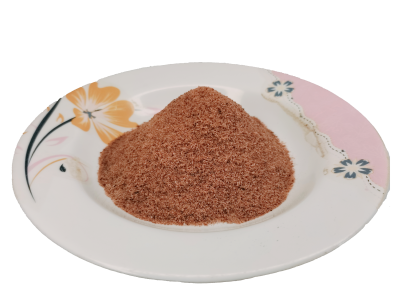
edible salt formula
Salt is one of the most essential and ubiquitous minerals in human civilization. Known chemically as sodium chloride (NaCl), edible salt is a crystalline substance that has played a crucial role in food preservation, seasoning, and even medicine for thousands of years. Despite its simple chemical formula, salt has a complex story involving history, chemistry, nutrition, and culture. In this article, we will explore the formula, types, production, uses, and health effects of edible salt.
Algohar World natural salt lamps that are believed to provide various benefits, combining both the aesthetic appeal and the potential health advantages associated with Himalayan salt lamps.
The Chemical Formula and Structure of Salt
The chemical formula for edible salt is **NaCl**, representing sodium (Na) and chlorine (Cl). These two elements combine in a 1:1 ratio to form sodium chloride, a type of ionic compound.
Ionic Bonding in NaCl
Sodium (Na) is a metal from Group 1 (alkali metals) of the periodic table, while chlorine (Cl) is a non-metal from Group 17 (halogens). When these two elements interact, sodium donates one electron to chlorine, resulting in the formation of two charged particles (ions): a positively charged sodium ion (Na⁺) and a negatively charged chloride ion (Cl⁻). The opposite charges attract, forming an ionic bond, and together, they create the stable compound NaCl.
Crystalline Structure
Salt has a crystal lattice structure, meaning that Na⁺ and Cl⁻ ions are arranged in a regular, repeating three-dimensional grid. This crystal formation gives salt its characteristic cubic shape and contributes to its hardness and ability to form crystals of various sizes.
Types of Edible Salt
Not all edible salt is the same. There are various types of salt available, each with unique characteristics, mineral content, and culinary uses. Here are some of the most common types of edible salt:
Table Salt
Table salt is the most widely used form of edible salt and is highly refined. It is composed almost entirely of sodium chloride, with other impurities and minerals removed during processing. Table salt usually contains added iodine (iodized salt) to help prevent iodine deficiency, a common health issue that affects thyroid function.
Sea Salt
Sea salt is produced by evaporating seawater and contains various minerals and trace elements, which give it a slightly different flavor and texture compared to table salt. It is less processed than table salt, and its mineral content may include magnesium, calcium, and potassium.
Note: edible salt formula of sodium chloride (NaCl), offers a wide range of benefits, from essential bodily functions and food preservation to therapeutic uses and culinary applications.
Himalayan Pink Salt
Himalayan pink salt is mined from ancient salt deposits found in the Himalayan mountains, particularly in Pakistan. It has a distinct pink color due to trace amounts of iron oxide (rust) and contains several other minerals such as calcium, potassium, and magnesium.
Kosher Salt
Kosher salt gets its name from its use in the koshering process, where it is used to draw blood out of meat as part of Jewish dietary laws. It is less refined than table salt and does not typically contain iodine. Its larger grain size makes it easier to pinch and sprinkle over food.
Production and Harvesting of Edible Salt
Salt can be produced in several ways, depending on its source, such as from the sea or from underground salt deposits. Here are the two primary methods:
Evaporation from Seawater
The oldest method of producing salt is through the evaporation of seawater. This process involves filling large shallow ponds with seawater and allowing the sun and wind to evaporate the water. As the water evaporates, salt crystals begin to form and can be harvested by hand. This method is primarily used for sea salt production.
Mining Rock Salt
Rock salt, also known as halite, is mined from underground salt deposits formed from ancient seas that evaporated millions of years ago. Mining techniques range from traditional underground mining to solution mining, where water is injected into the salt deposits to dissolve the salt, and then the brine is evaporated to leave the salt behind.
Health Implications of Salt Consumption
Salt plays an essential role in maintaining bodily functions, but consuming too much salt can lead to health complications. Here’s a look at the balance between salt’s benefits and risks:
Conclusion
Edible salt is a fundamental substance with a simple chemical formula but a wide range of applications. From its role in enhancing the flavor of food to its use in preserving, cleaning, and health practices, salt is an indispensable part of daily life. However, while salt is essential for our bodies, moderation is key to avoiding the health risks associated with excessive consumption. By understanding the different types of salt and their uses, we can make informed decisions about how to incorporate this vital mineral into our lives safely and effectively.





Leave Your Comment